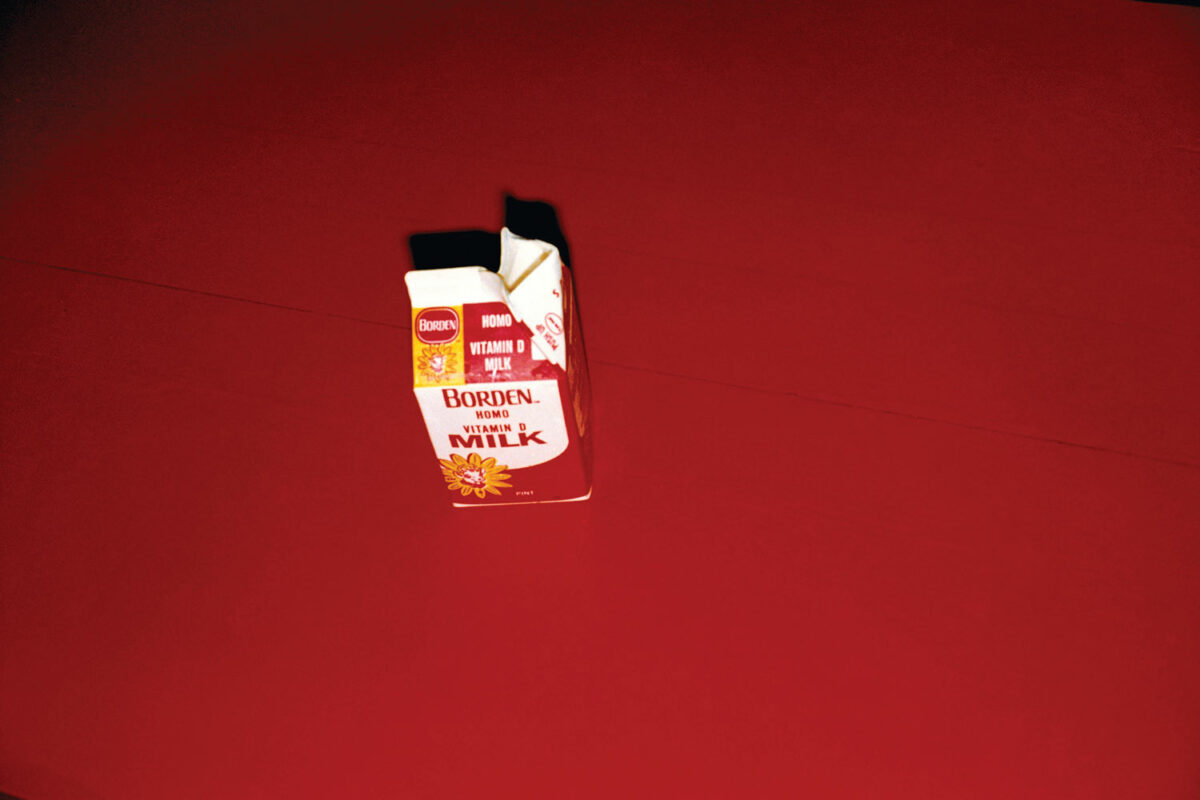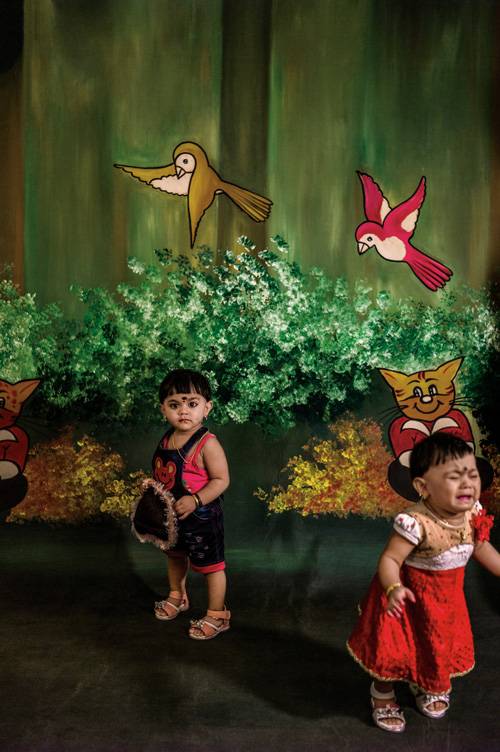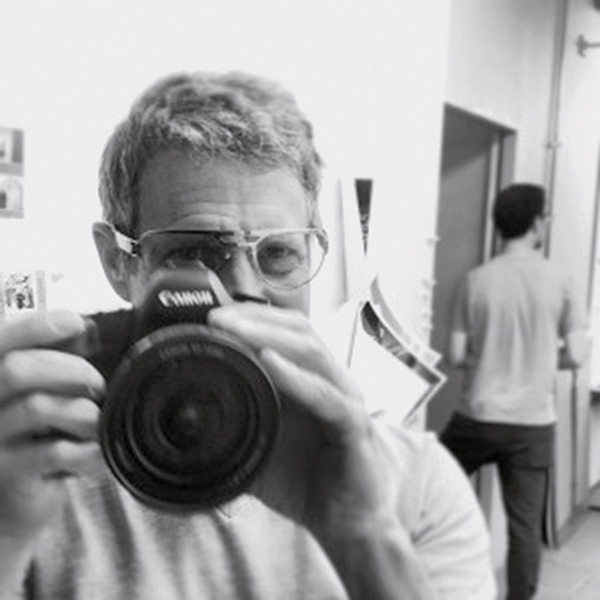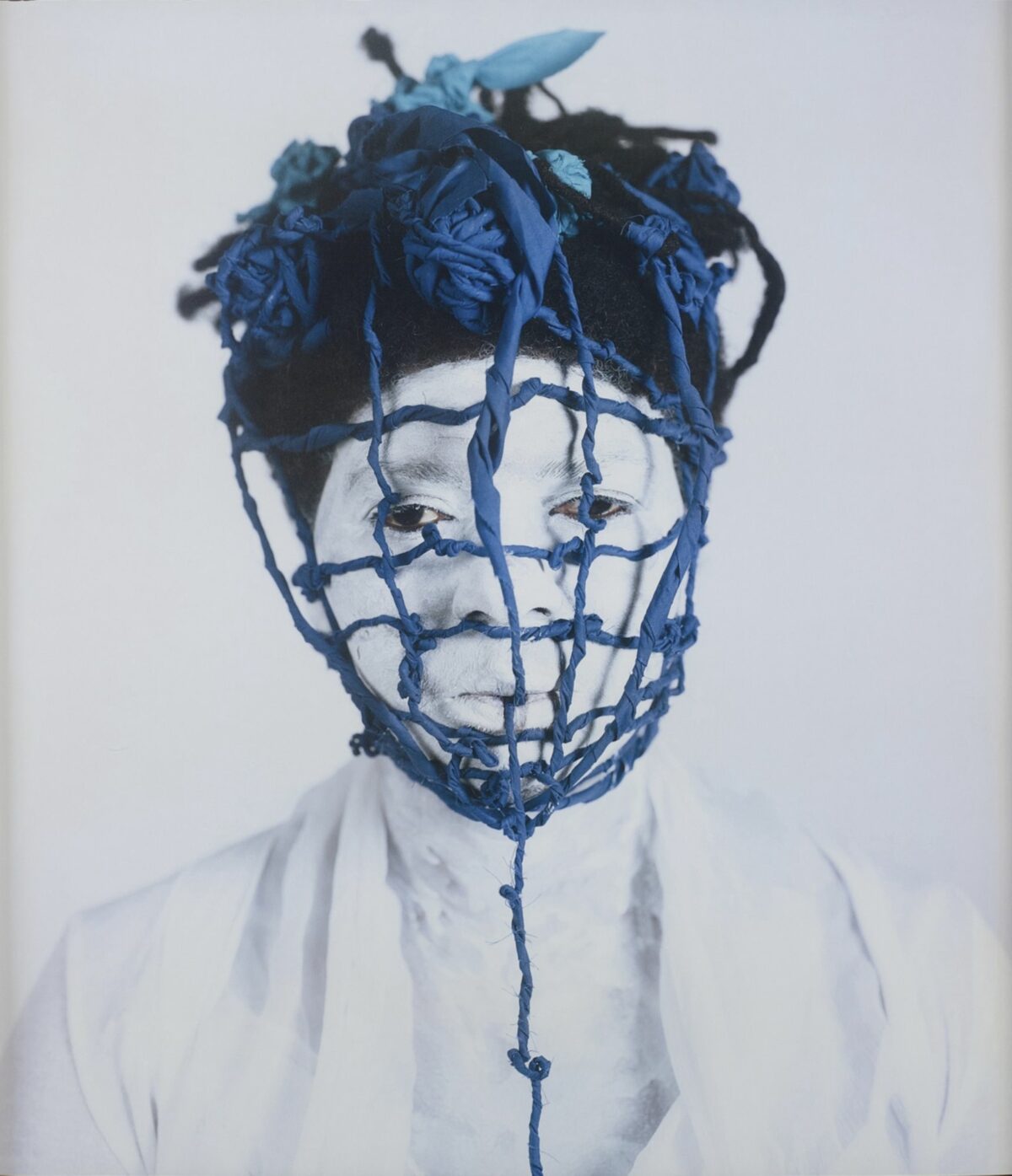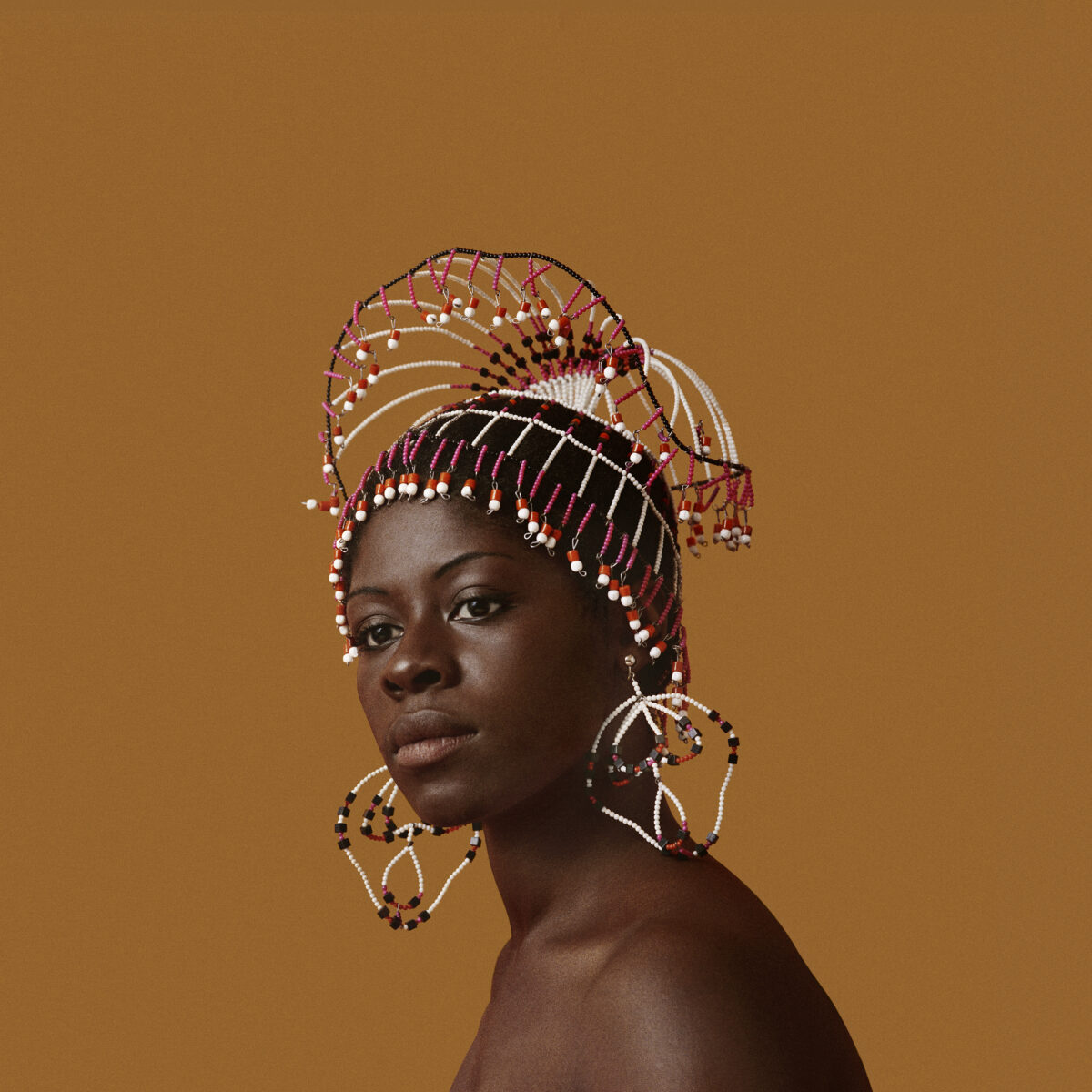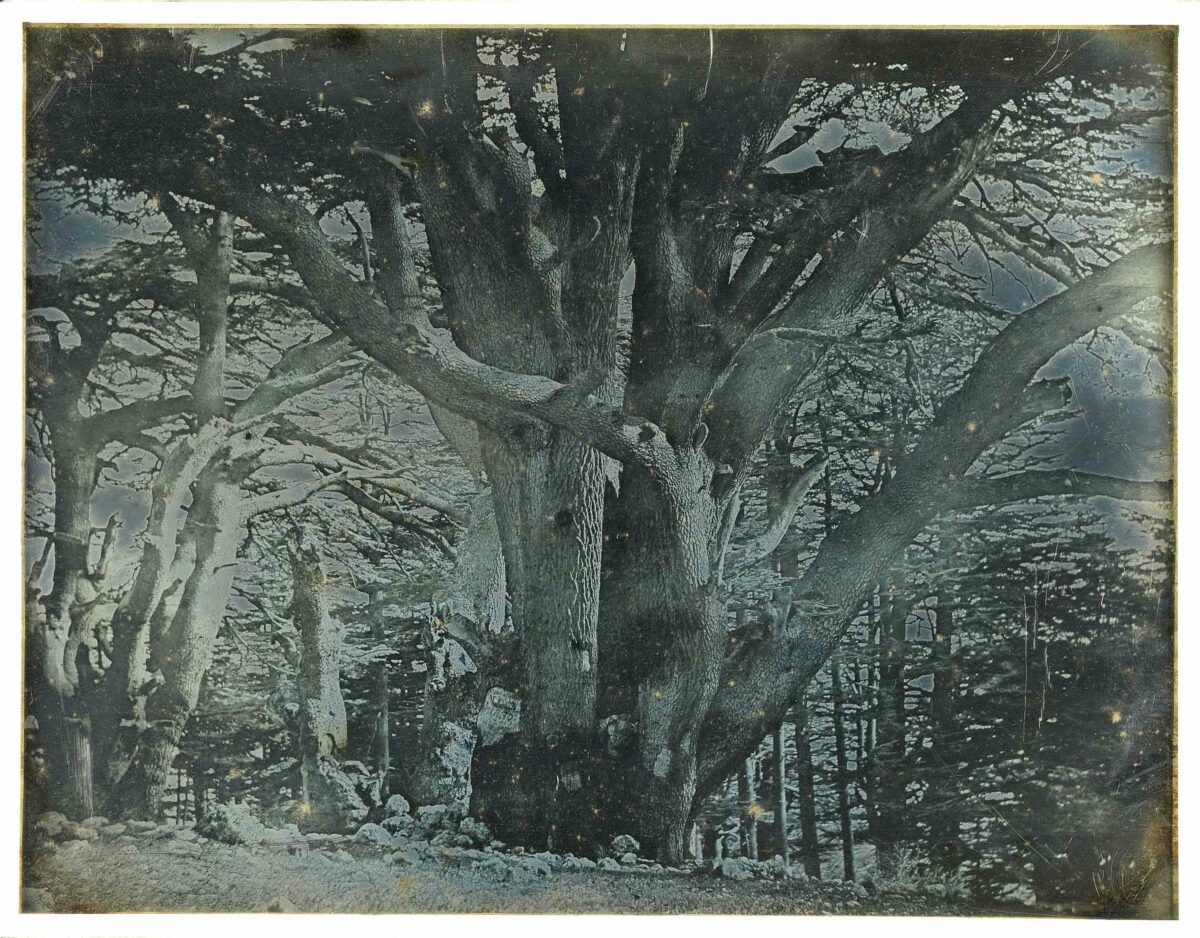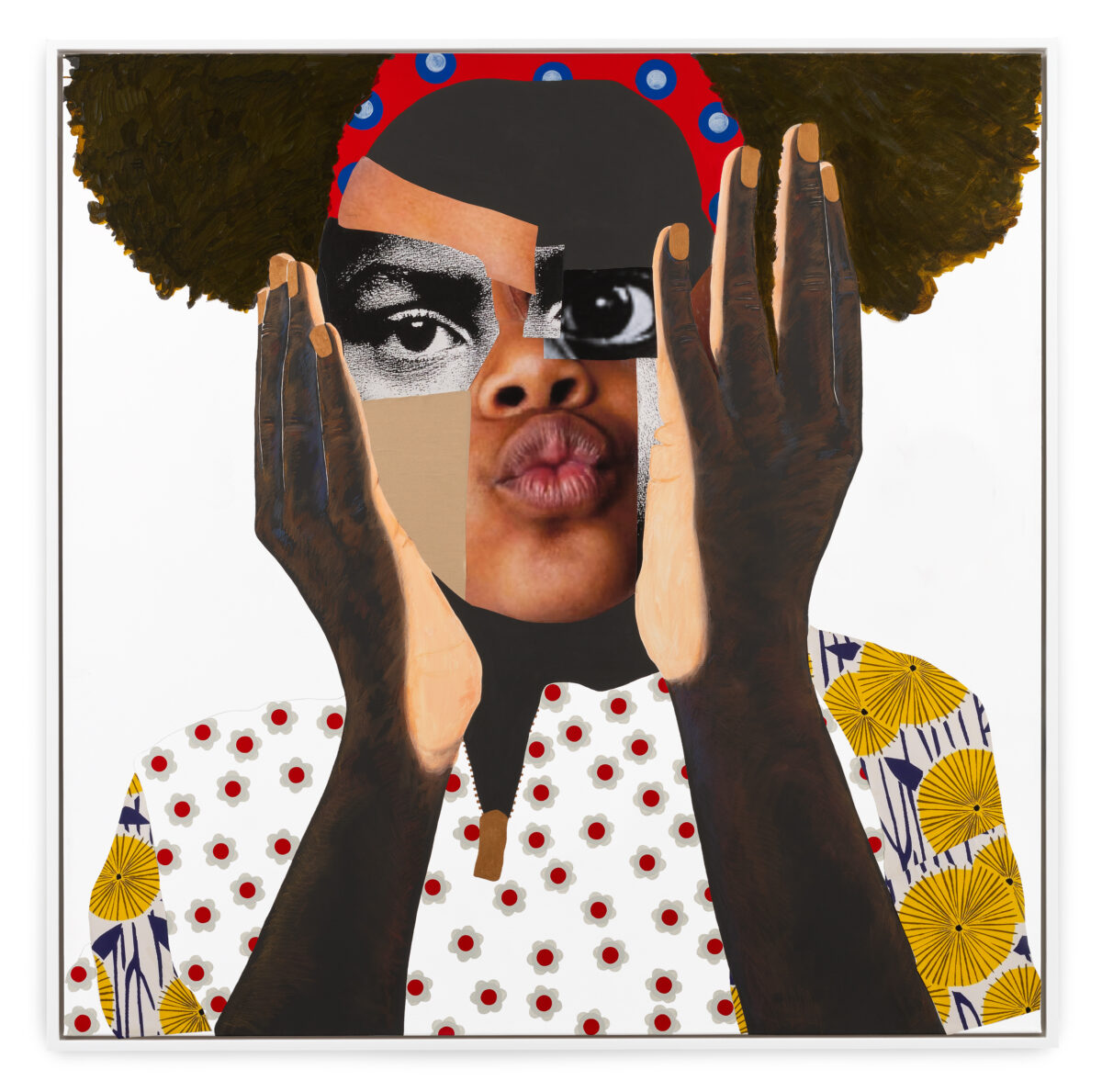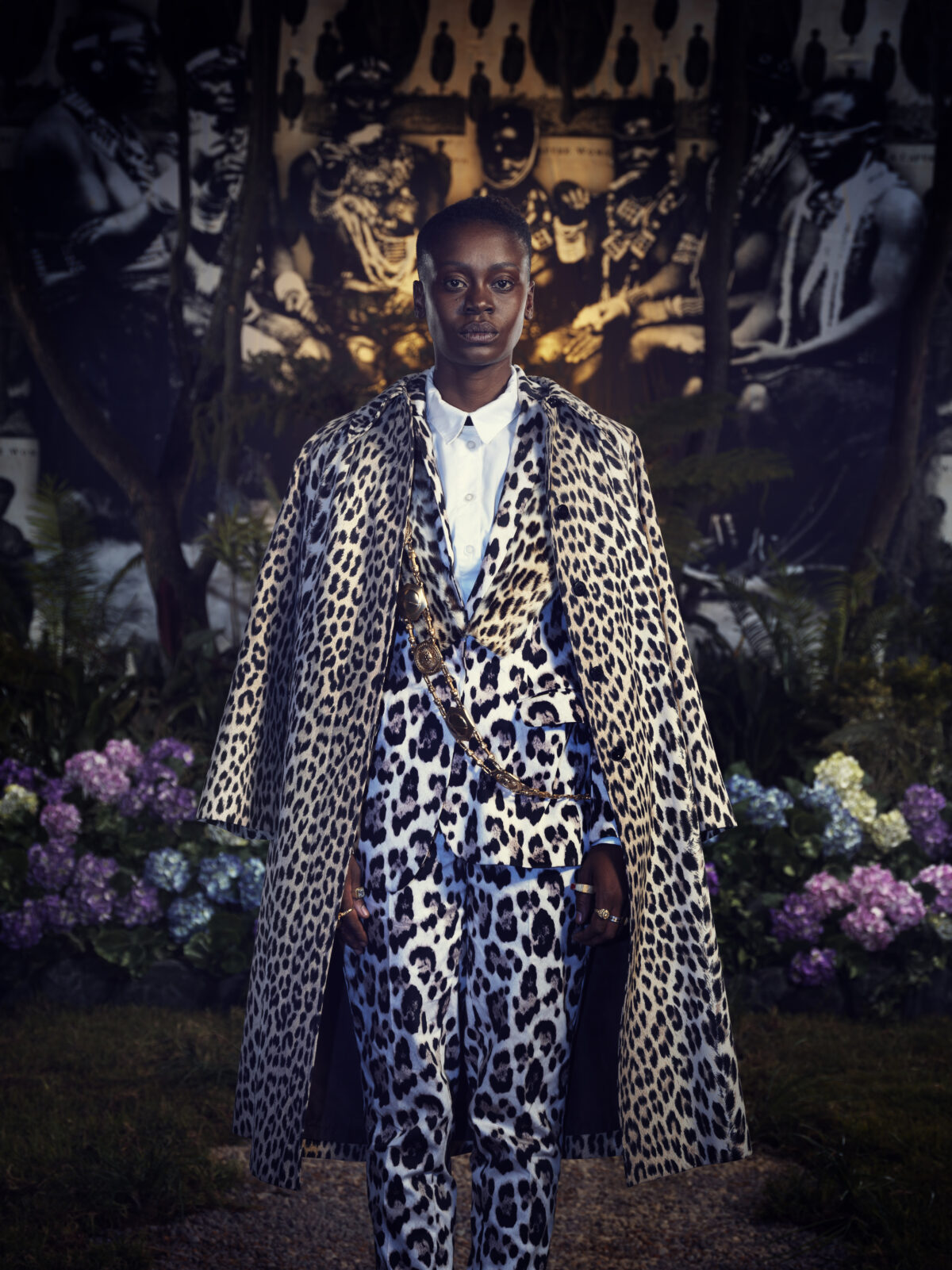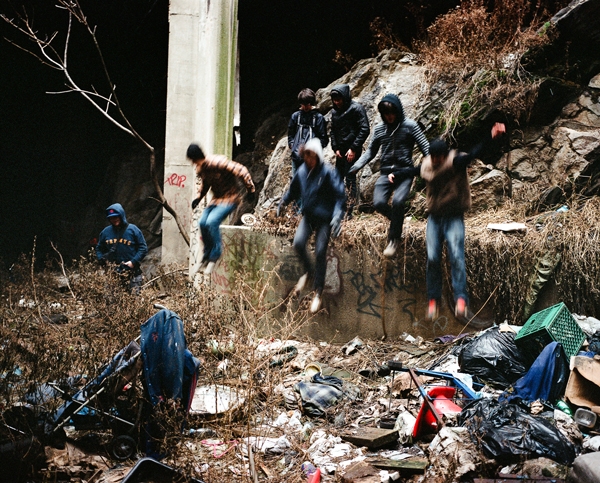

Freedom Tunnel Jump, Amtrak Train Tunnels, Upper West Side, 2008
Stephen K. Schuster, a 32-year-old native New Yorker, tall, good-looking and reasonably well dressed, would not necessarily stand out on a crowded subway platform. As a former graffiti artist and a documentarian of some of New York’s edgier youth culture, this is a distinct advantage. Schuster is just old enough to remember spray-paint-riddled subway cars, yet young enough to mingle among millennials who came of age amid the turmoil of 9/11.
Schuster has taken advantage of this in producing his most recent and ambitious project, City Kids, an eight-year document of New York City’s youth culture. This expansive body of work traces the riotous adolescence of a young man, Sean Vegezzi, using his experience as a vector to explore the complicated social universe of teenagedom in the Empire City. Vegezzi was introduced to Schuster through a mutual friend in the graffiti community at the tender age of 14. Through him, Schuster gradually became embedded, reporter-like, in the youth’s inner circle. Over the years, his presence became so commonplace as to go unnoticed even on prom night. Throughout his tenure as the teens’ documentarian, Schuster himself developed, transitioning from a graffiti artist to an art photographer. While a student in the MFA photography program at the International Center of Photography, he expanded the scope of his project to include installational and videographic components. City Kids is now both drawing to a close and coming to fruition as a complete series. Working from a mind-numbing 10,000 analog images, Schuster has worked over the past four years to whittle his archive down to 700 photographs, which he plans to release in an independently published photo book, also titled City Kids.
“City kids are often managed more as children,” says Schuster. “We needed to be picked up from school, watched in public, chaperoned around the city. New York is defined by the grown-up world, and kids who grow up here become conscious of how to position themselves in it early on. We start experiencing the weight of adult emotions as teenagers and during the project it was hard not to feel connected to the kids and their feelings.”
Although Schuster has largely traded in his rattle can for a camera, both his experience in the city’s graffiti community and that of his subjects resonates with the larger themes of his work. He contends that the tags and murals are a counterattack on the barrage of advertisements New Yorkers are subjected to in the built environment. Graffiti offers the young a rebellious opportunity to go toe-to-toe with publicly sanctioned corporate imagery. More importantly, pursuing the ideal spot to paint provided Schuster and his teenage counterparts the chance to explore and utilize the city with a fearless independence at once playful and disruptive, a truly Situationist endeavor if ever there was one.
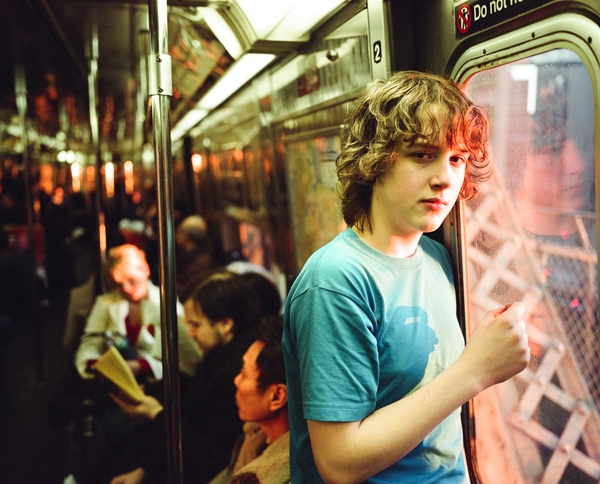

Seen On The Q Train Going Over Manhattan Bridge, 2007
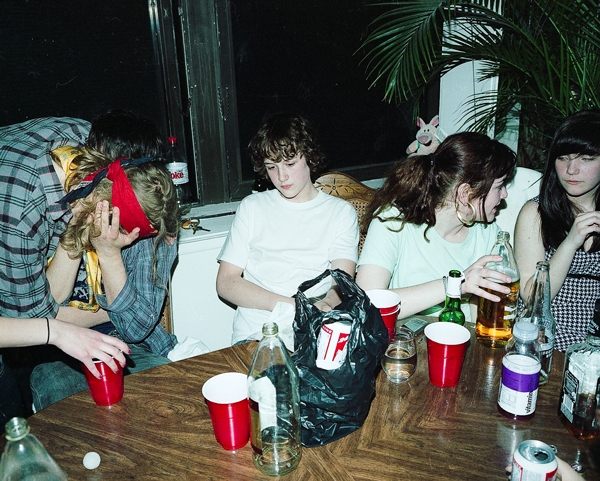

Party Animal, 2007

